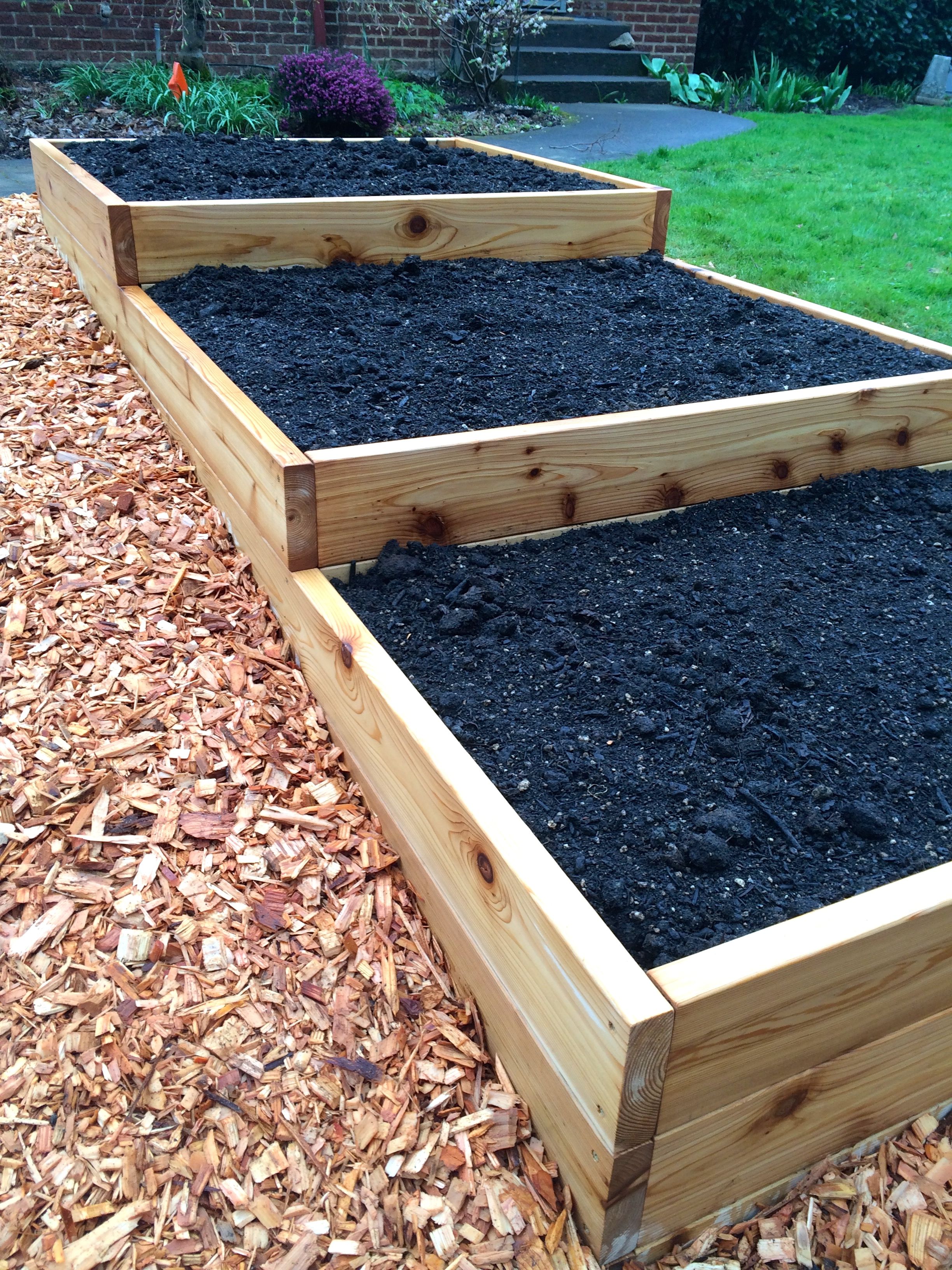
Blooming Beauties: Unveiling the Secrets of Garden Beds

Step into a world where nature’s beauty flourishes with the help of snugniture garden beds. These essential elements of any outdoor space serve as the foundation for creating stunning floral displays and bountiful harvests. Whether you’re a seasoned gardener or just starting out, understanding the intricacies of garden beds is key to unlocking their full potential. From traditional raised beds to innovative designs, each type offers a unique way to cultivate your green oasis. Let’s delve into the world of garden beds and discover the secrets that can elevate your outdoor space to new heights of beauty and productivity.
Choosing the Right Garden Bed
When selecting the ideal garden bed for your outdoor space, one of the primary considerations is the available size and shape of the area where you plan to place it. Take measurements and assess the layout to determine whether a snugniture garden bed, raised bed, or traditional in-ground bed would be most suitable.
Another factor to take into account is the type of plants you intend to cultivate. Some plants thrive in snugniture garden beds, while others prefer the depth and drainage of raised beds. Consider the specific needs of your chosen plants to ensure they will flourish in the selected garden bed.
Additionally, think about the aesthetic appeal and overall design of your garden. Choose a garden bed that complements the existing landscape and adds to the beauty of your outdoor space. Whether you opt for a snugniture garden bed for a modern look or a classic raised bed for a more traditional feel, make sure it enhances the visual appeal of your garden.
Benefits of Raised Garden Beds
Raised garden beds offer numerous advantages for gardening enthusiasts. One key benefit is the improved drainage they provide, helping to prevent waterlogging and root rot in plants. This is especially beneficial in areas with heavy rainfall or poor soil drainage.
Another advantage of raised garden beds is their ease of access. By elevating the planting area, gardeners can tend to their plants without bending or kneeling, reducing strain on the back and knees. This accessibility also makes it easier to maintain and harvest crops, leading to a more enjoyable gardening experience.
Additionally, raised garden beds can help to improve soil quality over time. By filling the beds with high-quality soil mixtures, gardeners can create optimal growing conditions for plants. This can result in healthier, more productive crops and reduce the need for chemical fertilizers.
Tips for Maintaining Garden Beds
To keep your Snugniture garden beds flourishing, regular watering is crucial. Check the moisture level of the soil by sticking your finger about an inch deep into the soil. Water deeply when the top layer feels dry to the touch. Avoid overwatering, as this can lead to root rot and other issues.
Weeding is another essential aspect of garden bed maintenance. Regularly inspect your raised beds for any unwanted plants that may be competing with your blooms for nutrients and space. Removing weeds by hand or using a garden tool can help keep your garden beds looking tidy and prevent them from overwhelming your desired plants.
Raised Garden Bed
Lastly, consider adding a layer of mulch to your garden beds. Mulch helps retain moisture in the soil, suppresses weed growth, and adds a finished look to your garden beds. Organic mulches, such as shredded leaves or compost, provide additional nutrients to the soil as they break down, promoting a healthy environment for your plants to thrive.



